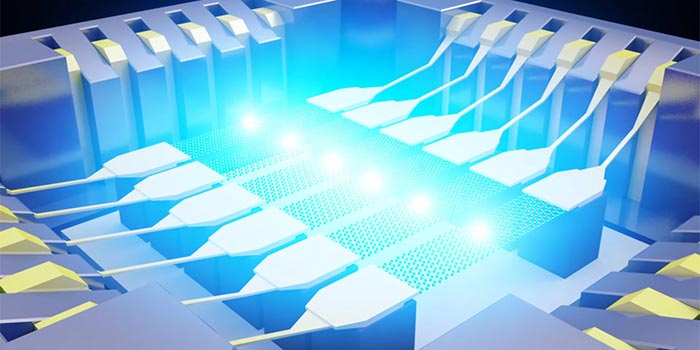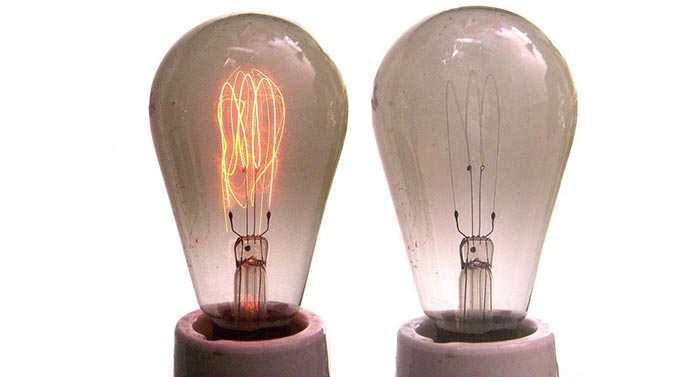Scientists have collaborated to create "what is essentially the world's thinnest light bulb". The development is yet another based upon the pure carbon wonder-material called graphene. Researchers passed current though atom-thin, flexible, transparent strips of graphene which reached temperatures over 2500°C, producing bright light visible to the naked eye.
Behind the new development was a team of scientists from Columbia, Seoul National University (SNU), and Korea Research Institute of Standards and Science (KRISS). These were led by Young Duck Kim, a postdoctoral research scientist in James Hone’s group at Columbia Engineering.
The new light source development could have a great impact on computing and computer peripherals. First of all these lights are like 'chips', as you can see from the video above, showing how the light emission works. A graphene light chip based upon this development could form the foundation of a photonic circuit. To make such devices possible the team is working on the switching performance of the graphene light chips – it would need to switch very fast to create useful optical communication 'bits'.

A less rigorous possible application of the graphene light chips is in displays, helping manufacturers make better flexible and transparent displays. The researchers expect this kind of application to open up sooner than photonic computing, perhaps in the next five years or so. In testing the scientists discovered the light emitted by the graphene layers was tunable by changing either the substrate or distance between the substrate and graphene layer.
One more application of the new technology could be as miniature hotplates which allow scientists to heat substances to thousands of degrees in a fraction of a second to observe chemical or catalytical reactions.

Interestingly many of the earliest light bulb manufacturers produced carbon filament bulbs, as pictured above, before Tungsten became established as a better material.













